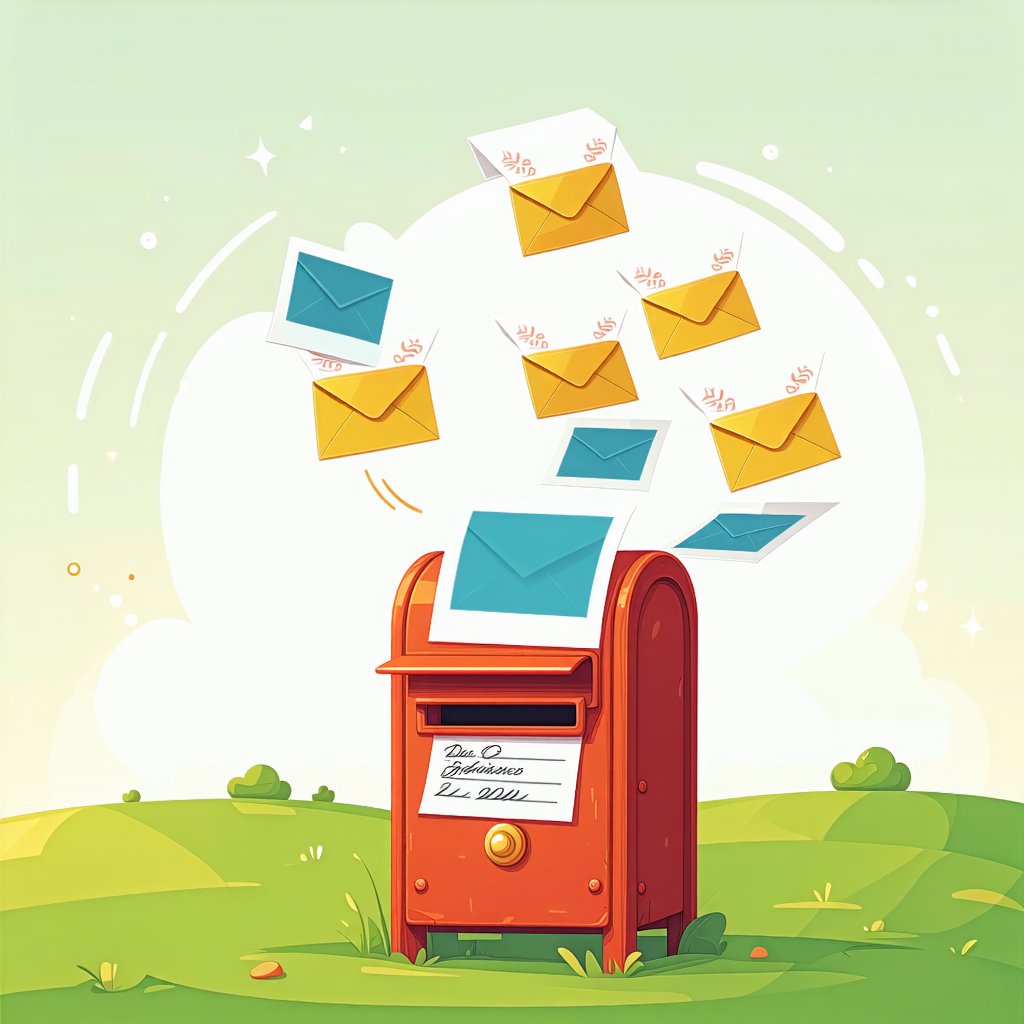packet
Think of a packet like a tiny envelope that carries messages. Just like you send a letter in an envelope to your friend, computers send packets to talk to each other. Inside the packet, there are little pieces of information, like words in a letter, that tell the computer what to do or say. The packet also has an address on it, so it knows exactly where to go, just like when you write your friend’s address on an envelope. Imagine you have a big puzzle to solve, but each piece is sent to you in a different packet. When all the packets arrive, you put the pieces together to see the whole picture. Computers use packets to send parts of big files, like videos or pictures, in small chunks. Once all the packets arrive, the computer puts them together to display the full video or picture.
Imagine you have a big puzzle to solve, but each piece is sent to you in a different packet. When all the packets arrive, you put the pieces together to see the whole picture. Computers use packets to send parts of big files, like videos or pictures, in small chunks. Once all the packets arrive, the computer puts them together to display the full video or picture. Think of packets like a train carrying lots of little boxes. Each box is a packet, and the train is the internet. Each box might carry something different, but they all travel together on the train to reach their destination. This helps the internet work smoothly, even when lots of people are using it at once.
Think of packets like a train carrying lots of little boxes. Each box is a packet, and the train is the internet. Each box might carry something different, but they all travel together on the train to reach their destination. This helps the internet work smoothly, even when lots of people are using it at once.